Homework Due today:
- Attend the Early Photography Lecture (if you’re an expert, don’t forget to post here)
- Read Dr. Rebecca Jaffrey Easby’s article “Louis Daguerre, Paris Boulevard or View of the Boulevard du Temple,” in Smarthistory
- Suggested Reading:
Mercer, Kobena. “Reading Racial Fetishism: The Photographs of Robert Mapplethorpe.” In Welcome to the Jungle: New Positions in Black Cultural Studies. Taylor and Francis, 2013.
- Please look at the images and watch the videos below.
-

- Eugénie de Montijo – Empress of the French, 1858André-Adolphe-Eugène Disdéri, Public domain, via Wikimedia Commons
-
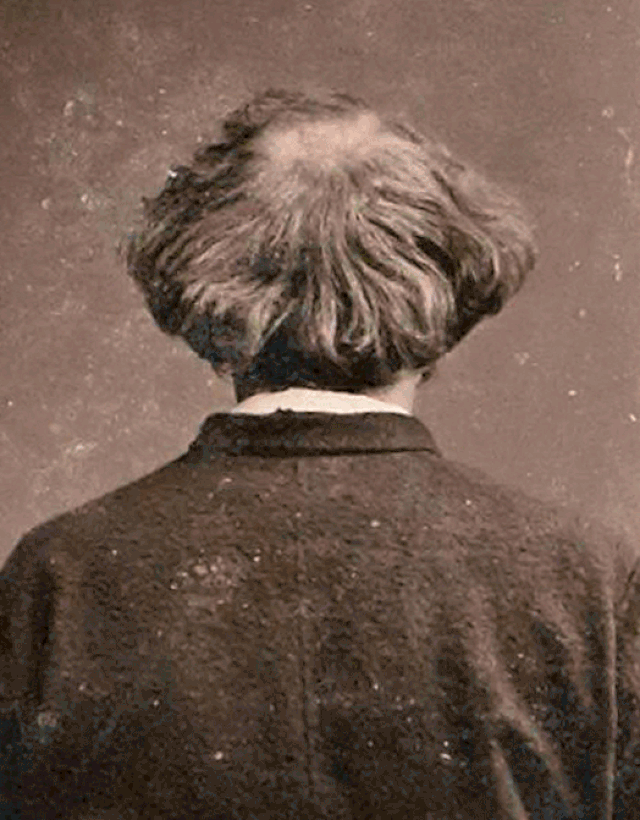
- Animation of the “Revolving” self portrait by Nadar. Photograph: Nadar (1820-1910) – Animation: Racconish, Public domain, via Wikimedia Commons
-

- John Herschel (1815-1879), photographed by Julia Margaret Cameron in April 1867, Julia Margaret Cameron, Public domain, via Wikimedia Commons
-
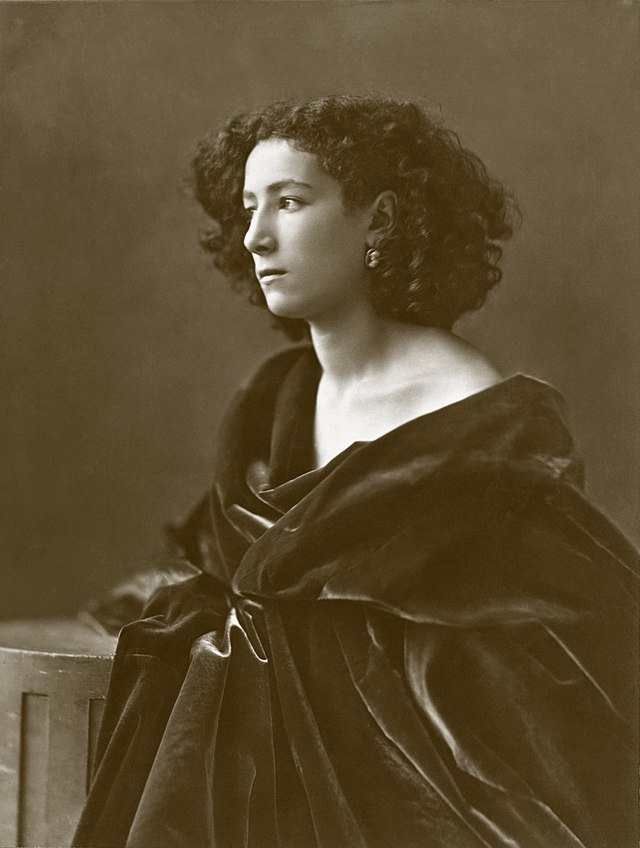
- Nadar (1820-1910); French actress Sarah Bernhardt (1844-1923) around 1864 (8 5/16 x 6 3/8 in).Nadar, Public domain, via Wikimedia Commons
-
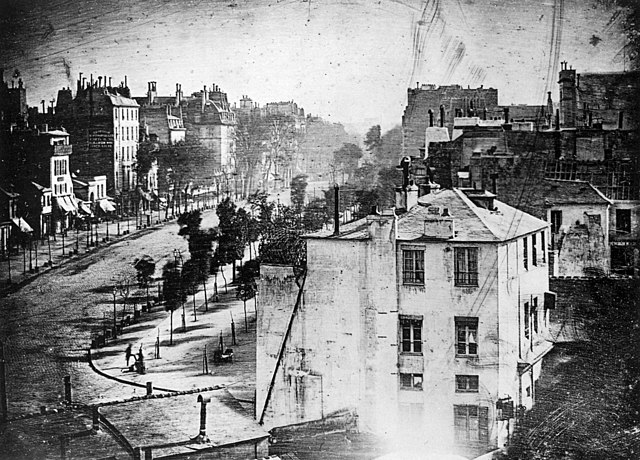
- Louis Jacques Mande Daguerre, Boulevard du Temple, 1838, Louis Daguerre, Public domain, via Wikimedia Commons
-
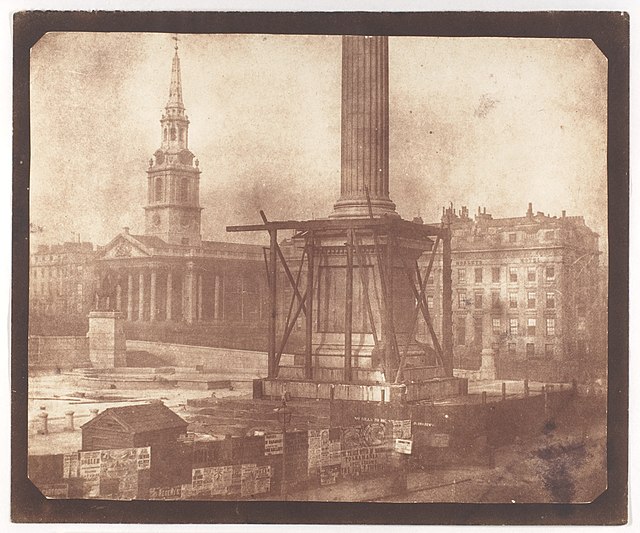
- William Henry Fox Talbot, Nelson’s Column under Construction, Trafalgar Square, William Henry Fox Talbot, CC0, via Wikimedia Commons
Breakout Group Activity:
Compare and Contrast the following two images. Take a few moments to silently write down your observations and then share with your breakout group.
What types of photographs are these? Which process was used to create them?
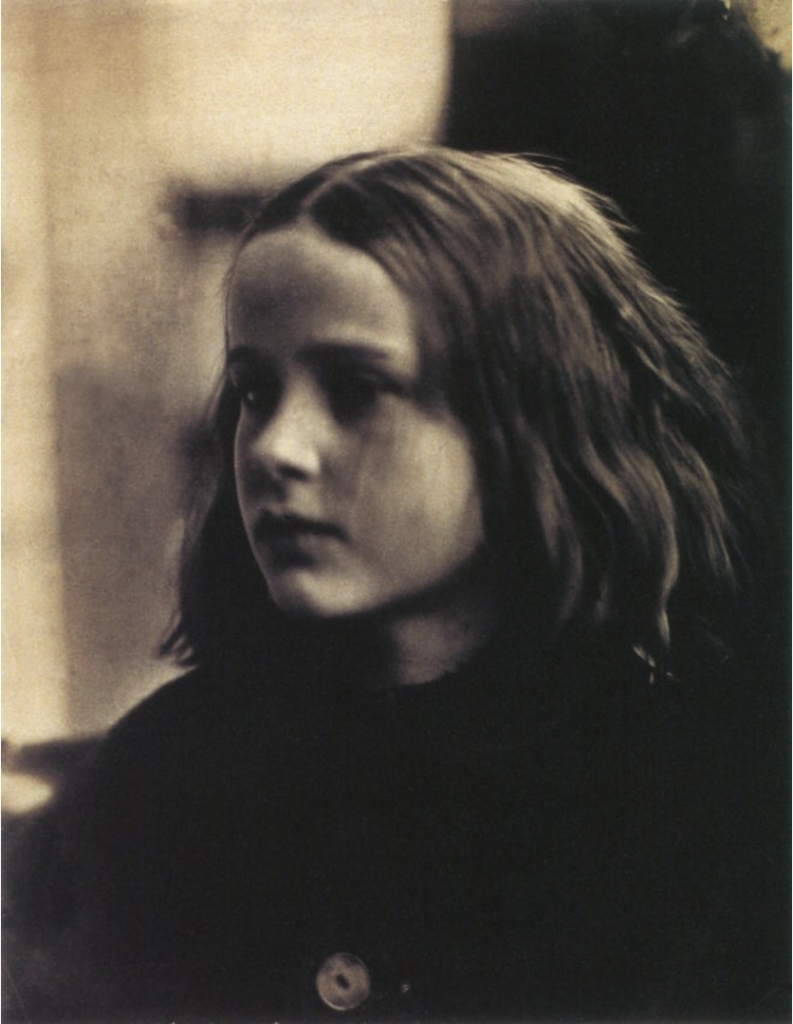
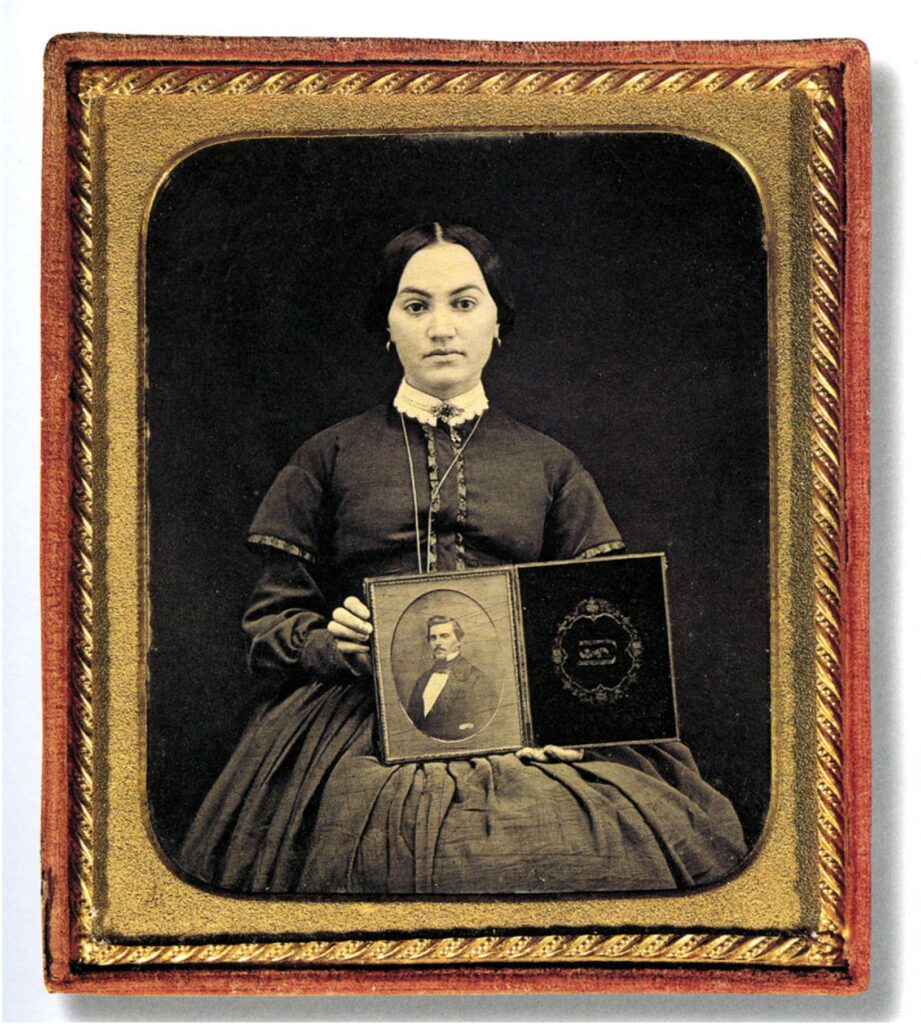


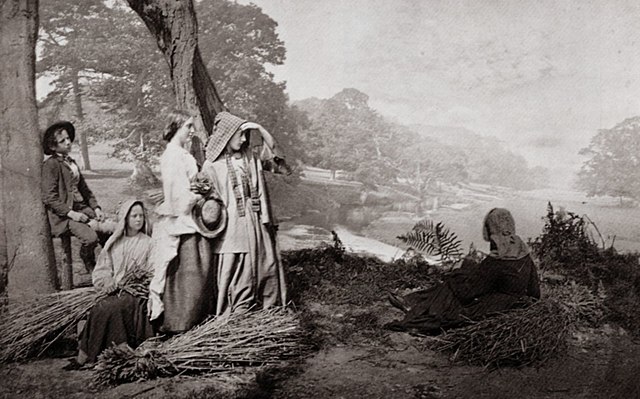

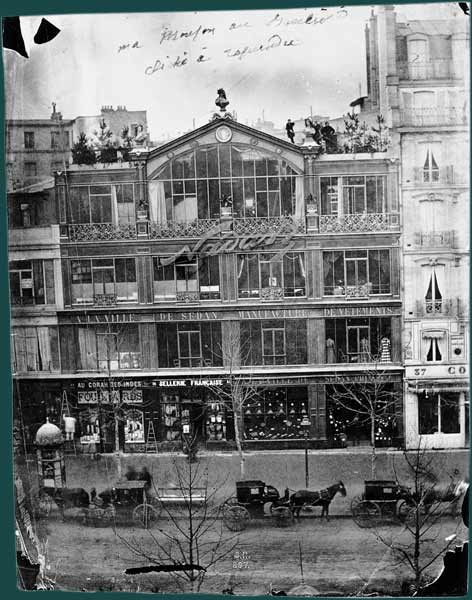
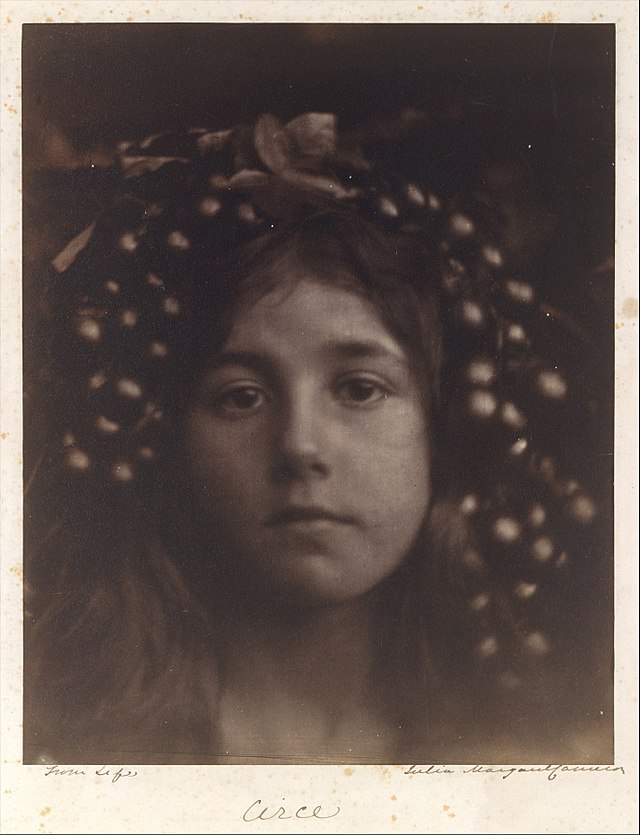
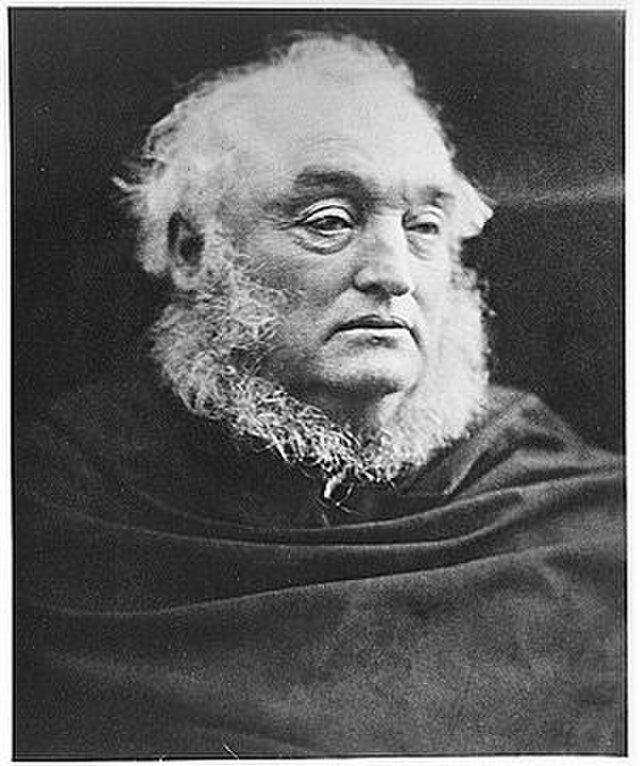


This lecture was really interesting to me because of how photography, while it can be used to produce art, is not inherently artistic. What I mean by this is, for example, the very early photographs we looked at of buildings did not necessarily have artistic elements but rather they were more amazing in that they were a novel technological development. It was interesting to me how as photography became more widely used and more accessible, it transformed into an artistic medium. I was particularly fascinated by how Julia Margaret Cameron, in her photograph Annie, used the techniques of the chosen method of photography to transform a regular photograph into a piece of art. The way the photographer used the wet nature of the photography process to add a mood and emotional element to the photo really stuck out to me. It is really intriguing how photography gives the artist tools to transform a still image of life into something artistic that can communicate a message to the viewer.
[Reply]
Expert Week 10
This week’s lecture was really interesting as we learned about the different ways photographs were created. The daguerreotype created images by light, not heat and it took roughly 8 minutes for the image to process. The calotype (1841) starts with photogenic drawings and was coated with salt, water, and silver nitrate to get a negative image. These pictures took 2 minutes however, it wasn’t as clear as the daguerreotype since it became blurry after each copy. The wet collodion process on the other hand used eggs and created clear images like the daguerreotype and also made multiples like the calotype. Daguerreotypes were more sentimental in a way because the person usually held an object while the photo was processing. Likewise, in this image (http://prnt.sc/1y0akt1), the women is seen to be holding a portrait of a man. I can tell this is a daguerreotype because it’s clear, the lines are more defined and vivid, and the woman looks like she’s posing and sitting for a long time since these took almost 8 minutes to complete.
[Reply]